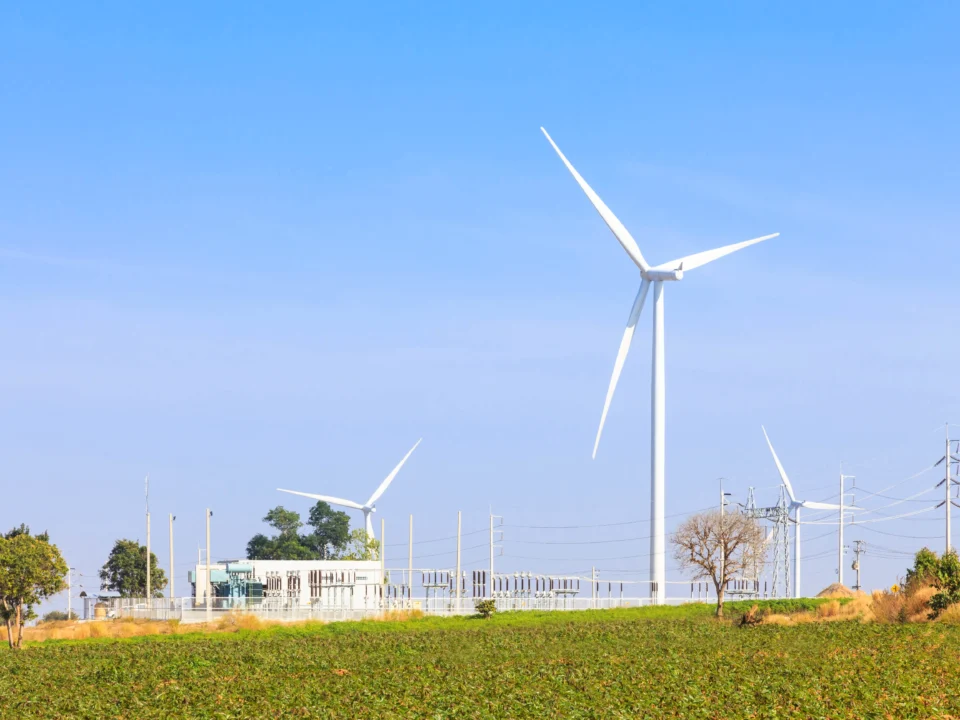As the global push for clean energy intensifies, solar power has emerged as a crucial player in the transition toward a more sustainable future. The world solar installed capacity has been increasing at an unprecedented pace, driven by technological advancements, falling costs, and strong policy support. But which countries are leading the charge, and what does the future hold for solar energy growth worldwide? Let’s dive deep into the latest trends, key players, and what lies ahead for global solar power.
The Rise of Solar Power: A Global Perspective
Solar energy has grown from a niche renewable energy source to a mainstream power generation technology. According to the International Energy Agency (IEA), the total world solar installed capacity surpassed 1 terawatt (TW) in recent years, a milestone that underscores the rapid adoption of solar energy across different regions. This remarkable growth has been driven by multiple factors, including:
- Declining Costs: The cost of solar photovoltaic (PV) panels has plummeted over the past decade, making solar power more affordable than ever before.
- Government Policies and Incentives: Many countries have implemented subsidies, tax credits, and feed-in tariffs to promote solar energy.
- Technological Advancements: Innovations in PV efficiency, battery storage, and grid integration have enhanced the viability of solar power.
- Climate Change Concerns: With growing awareness of the need to reduce carbon emissions, solar energy has become a preferred choice for governments and businesses alike.
Top Countries in Solar Installed Capacity
Several nations have emerged as leaders in the global solar race. Let’s take a look at the top countries driving the solar energy revolution.
1. China: The Undisputed Leader
China has consistently led the world in solar installations. With an installed capacity exceeding 400 gigawatts (GW), China accounts for a significant share of the global total. The Chinese government’s aggressive renewable energy policies, coupled with its dominance in solar panel manufacturing, have fueled this massive growth. The country continues to expand its solar capacity, with ambitious targets for carbon neutrality by 2060.
2. United States: A Rapidly Growing Market
The U.S. has seen tremendous growth in solar energy, with over 140 GW of installed capacity. Federal and state-level incentives, coupled with corporate commitments to sustainability, have driven expansion in both residential and utility-scale solar projects. California leads the way, but states like Texas and Florida are catching up rapidly. The world solar installed capacity is significantly influenced by the U.S.’s growing investments in large-scale solar farms.
3. India: A Rising Solar Powerhouse
world solar installed capacity India has emerged as one of the fastest-growing solar markets in the world. With a current installed capacity of over 70 GW, the country has set ambitious targets to achieve 280 GW of solar capacity by 2030. Government initiatives such as the Jawaharlal Nehru National Solar Mission and solar parks development have been instrumental in this growth. India’s contribution to the world solar installed capacity is expected to rise dramatically in the coming years.
4. Japan: A Technological Innovator
Japan has long been a pioneer in solar energy, boasting an installed capacity of over 70 GW. The country has leveraged technological innovation and favorable feed-in tariff policies to drive adoption. However, land constraints have posed challenges, leading to a rise in floating solar projects and rooftop installations.
5. Germany: A European Solar Leader
Germany has been at the forefront of the solar revolution in Europe, with an installed capacity exceeding 60 GW. The country’s strong policy framework, including its early adoption of feed-in tariffs, has made solar power a key part of its energy transition strategy (Energiewende). Despite declining incentives, solar energy continues to play a crucial role in Germany’s renewable energy mix.
6. Australia: High Solar Penetration
Australia has one of the highest solar capacities per capita, with an installed base of over 30 GW. The country’s abundant sunshine, coupled with high electricity costs, has driven widespread adoption of rooftop solar systems. Government rebates and net metering policies have further fueled growth in the residential sector. Australia’s contribution to the world solar installed capacity continues to grow as more households and businesses install solar panels.
Emerging Solar Markets
world solar installed capacity While established markets continue to expand, several emerging markets are making significant strides in solar adoption:
- Brazil: Rapidly growing solar capacity due to favorable auction policies.
- Saudi Arabia: Investing heavily in solar energy as part of its Vision 2030 strategy.
- Vietnam: Witnessing a surge in solar deployment driven by generous feed-in tariffs.
- South Africa: Expanding solar projects to address energy security concerns.
Key Trends Shaping the Future of Solar Energy
As solar capacity continues to rise, several trends are shaping the future of the industry:
1. Grid-Scale Energy Storage
Battery storage solutions, such as lithium-ion and emerging solid-state batteries, are enhancing the reliability of solar energy by mitigating intermittency issues.
2. Advancements in Solar Panel Efficiency
New technologies, such as perovskite solar cells and bifacial panels, are improving efficiency and reducing costs in solar power generation.
3. Decentralization and Smart Grids
world solar installed capacity The rise of decentralized energy systems, including microgrids and peer-to-peer solar trading, is reshaping energy distribution.
4. Floating Solar Farms
With land becoming a constraint, floating solar farms on reservoirs and lakes are gaining traction worldwide.
5. Corporate and Utility-Scale Solar Expansion
Tech giants like Google, Amazon, and Apple are investing heavily in solar energy to power their operations with renewable energy. Their contributions significantly impact the world solar installed capacity.
Challenges and Roadblocks
Despite its rapid growth, solar power faces several challenges:
- Intermittency Issues: Solar energy is dependent on sunlight, necessitating storage or backup power sources.
- Land Use Conflicts: Large-scale solar farms require significant land, which can lead to conflicts with agriculture and conservation efforts.
- Supply Chain Disruptions: The reliance on key materials, such as polysilicon, has exposed the industry to supply chain vulnerabilities.
- Policy Uncertainty: Changes in government policies and subsidy structures can impact investment decisions.
Conclusion: A Bright Future for Solar Energy
The world solar installed capacity is set to continue its upward trajectory, driven by declining costs, policy support, and technological advancements. While China, the U.S., and India lead the way, emerging markets are playing an increasingly important role in the global solar landscape. As innovations in storage, efficiency, and grid integration progress, solar energy will play a pivotal role in the transition toward a clean and sustainable future.
With nations ramping up their renewable energy commitments, the question isn’t whether world solar installed capacity will dominate the future energy mix—it’s how soon we can make that transition a reality. The race to a solar-powered world is well underway, and the momentum is unstoppable.




